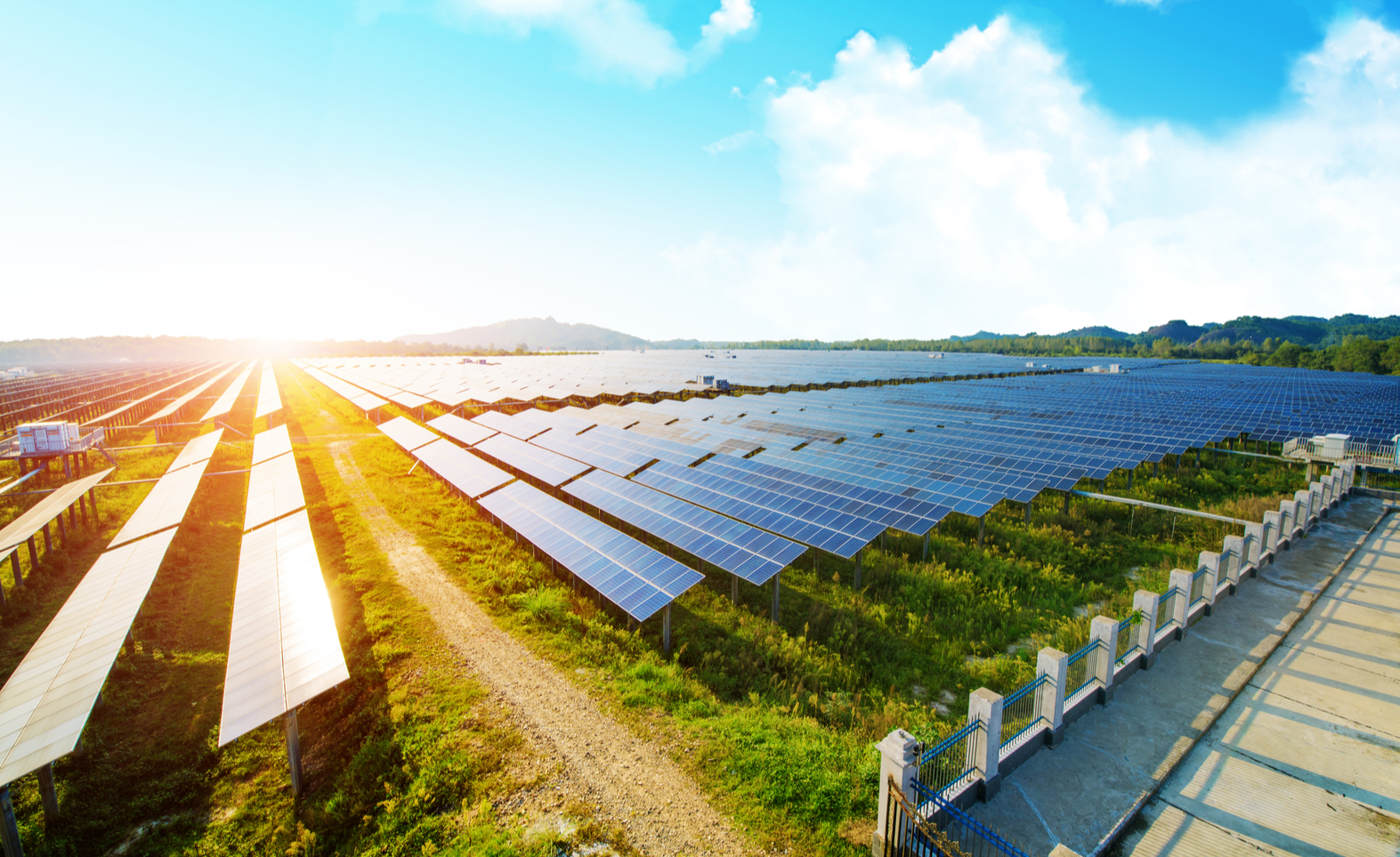
February 14, 2021
Amara Raja Batteries Ltd. To set up a US$ 30.2 million solar power plant in the Chittoor District of Andhra Pradesh.
Apart from this 50MW power plant, ARBL seeks to set up a 0.1 million tonne greenfield lead recycling unit.
The firm focuses on operational efficiencies, cost optimisation & technology upgradation, while encouraging a clean economy.
The nation’s clean energy capacity is expected to reach 220 GW by 2022 with the inclusion of hydropower.

With the steady revival of the Indian economy, several market segments have seen significant growth. Like many others, the plethora of government initiatives and production linked incentive (PLI) schemes will indeed accelerate the growth of e-mobility and renewable energy markets. Driven by the revival in demand, across all sector, Amara Raja Batteries Ltd (ARBL) one of India’s leading Industrial and Automotive Battery companies issued its financial statement for the third quarter of FY 2021, and more importantly its plan of setting up a 50 MW solar power plant in the Chittoor District of Andhra Pradesh, at a total outlay of US$ 30.2 million to support its sustainability initiatives.
This plan of ARBL will not only reduce the cost of power for the firm but will also significantly abate the company’s carbon footprint. ARBL seeks to set up a greenfield lead recycling unit with a capacity of 0.1 million tonnes, which will help the company adhere to its recycling standards whilst adopting newer technology in the most eco-friendly manner. With concrete plans to move forward with strategic investments focused on improving operational efficiencies, cost optimisation and technology upgradation, the investments in solar and lead recycling plants will further encourage a sustainable circular economy.
India’s total installed capacity of renewable energy, barring hydropower, currently stands at 90 GW. According to a report by the Ministry of New and Renewable Energy, another 49.59 GW of renewable energy capacity is under installation, and an additional 27.41 GW of capacity has been tendered. This puts the total capacity of renewable energy projects already commissioned or in the pipeline at nearly 167 GW. The nation’s clean energy capacity is expected to reach 220 GW by 2022 with the inclusion of hydropower surpassing the country’s 175 GW target. India has an even more ambitious target of 450 GW of renewable energy capacity by 2030, not only achieving its Paris Agreement targets but exceeding them beyond expectations.